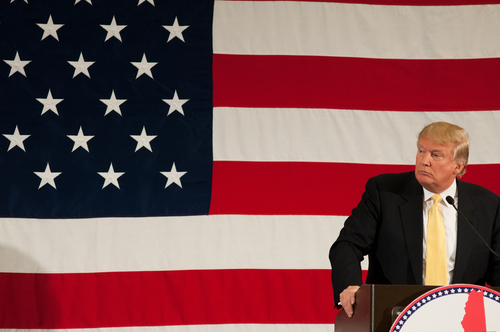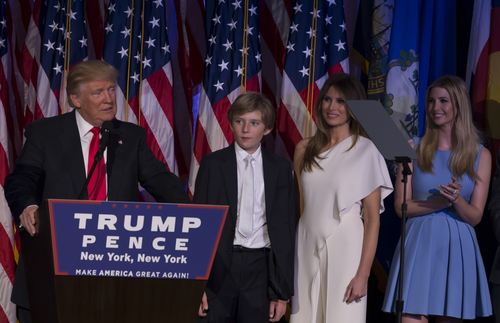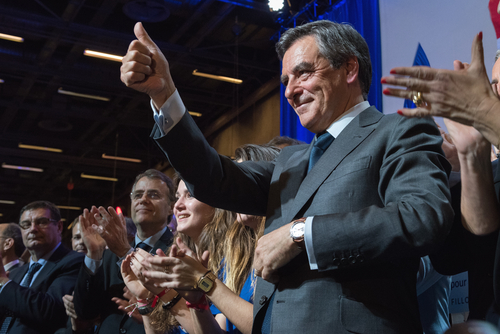As one rate in the financial market goes up, others invariably go down. As one market prospers, others contract. The interplay among various commodities and financial instruments leads to interesting correlations and patterns that investors come to know and expect in various economic situations. One such correlation exists between the U.S. Federal Reserve, commonly known as the Fed, and gold prices.
How Gold Prices Are Linked to Fed Rates
The true relationship exists between gold prices and interest rates. Since the Fed sets the benchmark for interest rates in the United States, it is a huge influencing factor on futures pricing as the market prepares for a change in interest rates. The Fed’s decisions also clearly have a direct impact on gold spot prices when interest rate changes are actually implemented.
What Different Decisions in the Future Could Mean for Gold
An inverse relationship exists between interest rates and the price of gold. When interest rates rise, the value of gold goes down. There are a few reasons this happens. Primarily, investors prefer gold and other, more tangible, investments in a down or struggling economy. Gold and other precious metals are considered “safe.” When interest rates rise, investors tend to turn from gold to other investments that can yield a higher return. This brings the market back to the old adage of “higher risk, higher reward.”
Essentially, in better economic situations, the Fed will raise interest rates which typically raises yields on investments in general. With 2017 around the corner, the decision to increase the prime rate has almost been guaranteed.
When the Fed feels the economy is well enough to handle more saving and investing and less spending on goods, it will raise interest rates. All in all, U.S. interest rate changes will have an impact on U.S.-dollar denominated gold investments, but can still be balanced by a stronger U.S. economy and global gold market trends.
How Is the Fed Influenced?
Janet Yellen, the Fed Chairman, is free to make decisions regarding prime rates in the U.S. without influence from local, state or federal government. In this regard, the entity is able to make changes and evaluate the economic status of the country with no strings attached. What does matter are indicators such as unemployment, creation of jobs and the GDP.






